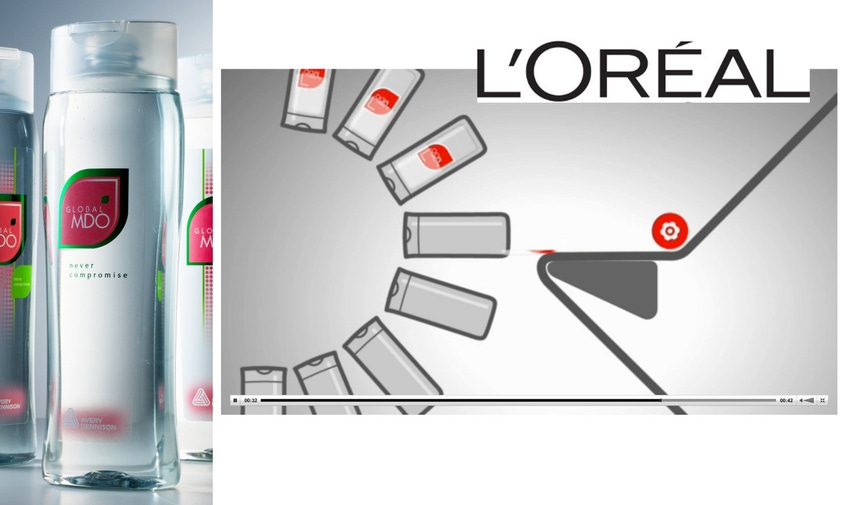Label change-up reduces L’Oreal’s eco-footprint

L’Oreal, in its Sharing Beauty with All sustainability initiative, has pledged that by 2020 it will reduce its “environmental footprint by 60% from a 2005 baseline whilst bringing beauty to one billion new consumers.”
Sustainable packaging, including labeling, is one area the HBA leader is scrutinizing as it makes it way toward that goal. To better understand the environmental impact of its labels and make greener procurement choices, L’Oreal Americas partnered with label supplier Avery Dennison.
The companies used the Avery Dennison Greenprint assessment tool to look at the impact of L’Oreal’s label materials at all stages of the label life cycle, from extraction of raw materials to manufacturing through end of life. The assessment showed that switching to a thinner, lighter-weight label material would reduce L’Oreal’s eco-footprint in several ways.
Based on the Greenprint data, L’Oreal switched to Avery Dennison’s Global MDO substrate for labels on a selection of its leading products. The substrate is designed to reduce greenhouse gas (GHG) emissions, water use and post-consumer waste.
The transition to this substrate from Avery Dennison’s Global Co-Ex film has reduced L’Oreal’s environmental impact by 7% to 19% across several categories: GHG emissions, energy use, water consumption, fossil material and solid waste.
The Avery Dennison Greenprint screening tool was introduced in 2010, and the supplier uses it with clients on a case by case basis.
About the Author(s)
You May Also Like




